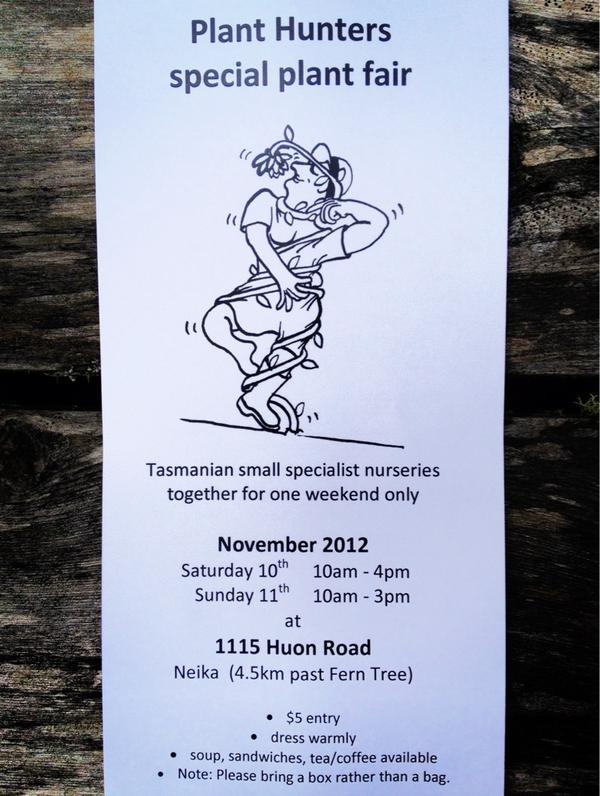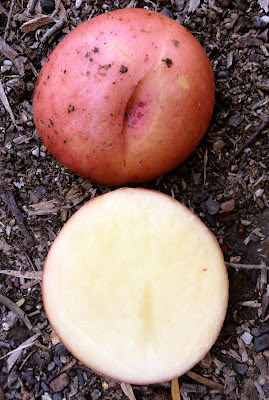I've just finished packing the chilli and capsicum plants for market tomorrow. Some varieties are old friends that we have grown and enjoyed over previous summers, others are new to us, but all sound delicious. We grow most of ours in an unheated polytunnel with mesh walls, but they are all easily grown outdoors in a warm sunny garden or in pots. Potted plants can also be moved indoors at the onset of cold weather for an extended harvest.
Plant them into good, rich soil and remove the first few flowers to encourage the plant to put some energy into growing before it begins fruiting. All varieties can be harvested green or red, and, if protected from frost, your plants will continue fruiting well into winter. Our pantry is well stocked with little jars of dried chillies and bottles of chilli plum sauce, and the odd jar of pickled peppers is still lurking in the fridge. The most precious one for me is our paprika. When dried it forms luminous, dark red flakes and smells sweet, rich and complex.
 |
| Alma Paprika, unripe fruit and flower. |
Friggitello Italian frying pepper, harvest while green and grill, then finish with salt and a little vinegar, or allow to ripen to red and use in salads. Mild.
Padron Spanish frying pepper. Mild with the occasional hot fruit giving them the nickname of 'Russian Roulette Pepper'. Grill over coals or fry in oil and finish with salt. Most rate at 500 on the Scoville scale with the occasional fruit getting up to 25,000.
Ciliegia or Devil’s Kiss Italian medium/hot pepper with small, round red cherry-type fruit. Good for stuffing, fresh eating or pickling.
Hot Paper Lantern Cool climate alternative to Habanero for hardcore cooks. Red, wrinkled HOT fruit. Grows well in pots. Scoville rating of 400,000 - 450,000
Calbrese Another hot, Italian cherry type. Use fresh, fried, pickled or dried.
Alma Paprika A favourite of mine, use fresh or dried. Red, round, warm but not super hot fruit with a rich flavour. 100-1000 on Scoville scale.
Pepperoncini Another good performer at Neika. Thin walled pepper with great flavour and a little warmth, bred for pickling, also great dried.
 |
| Pepperoncini |
Beaver Dam Hungarian heirloom, warm to hot flavour, great for pickles and salsas. Suited to cool climates. 500-1000
Antohi Romanian Romanian heirloom, introduced to North America by Jan Antohi, an acrobat, when he defected. Mild, sweet flavour suited to eating fresh or fried. Can be picked at the yellow stage or left to ripen to red. Gets a zero on the Scoville scale.
Rocoto Perennial tree chilli. If protected from frost this pepper will fruit all winter. It produces great crops of hot, round peppers. May grow to 4m but easily pruned to a manageable size. Withstands cool temperatures, but not frosts. 50,000 to 200,000
Cayenne Good producer of long, red, hot peppers. Use fresh or dry for year round use. 30,000-50,000 Scoville points.
Find us at Farm Gate Market every Sunday from now until Christmas with these, loads of other wonderful plants and produce, along with gift vouchers and edible plants in vintage terracotta pots.





















































